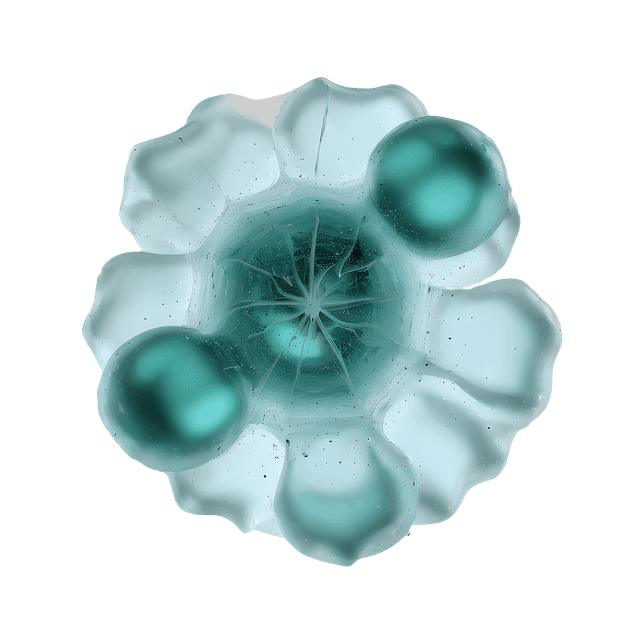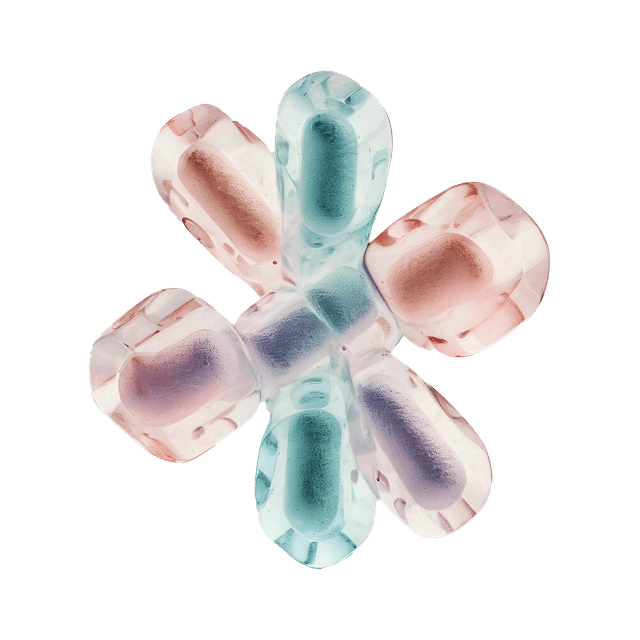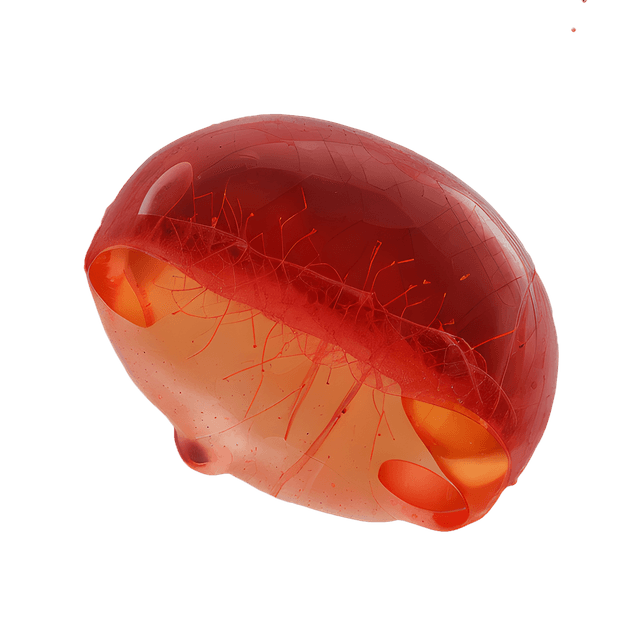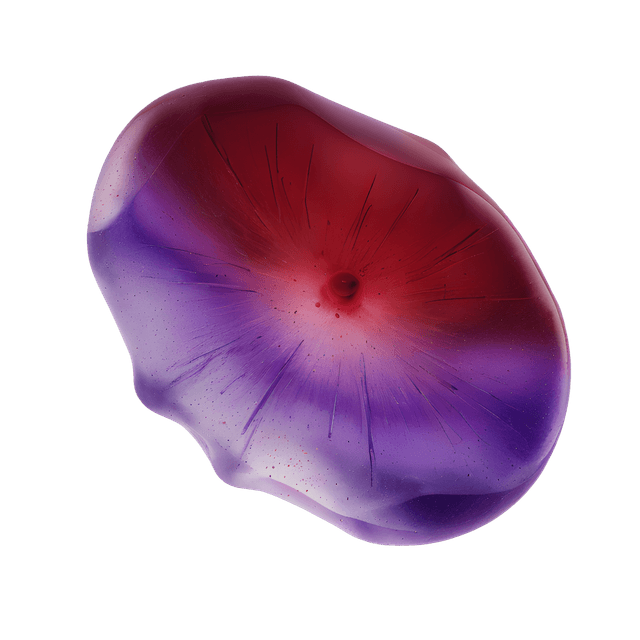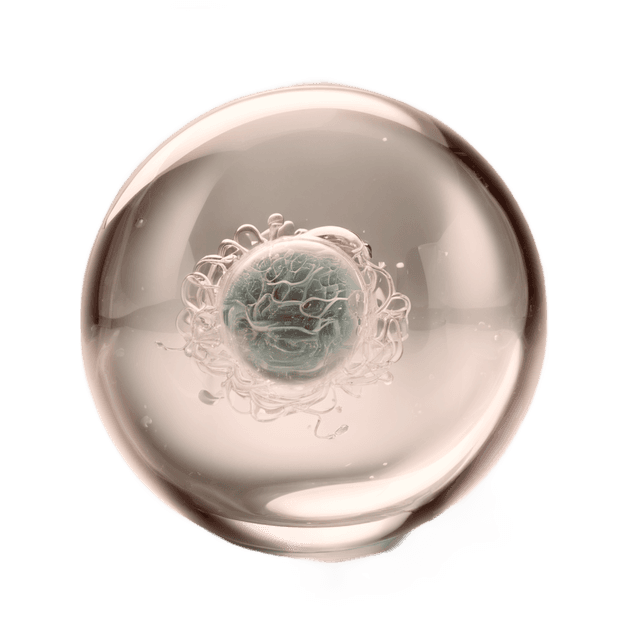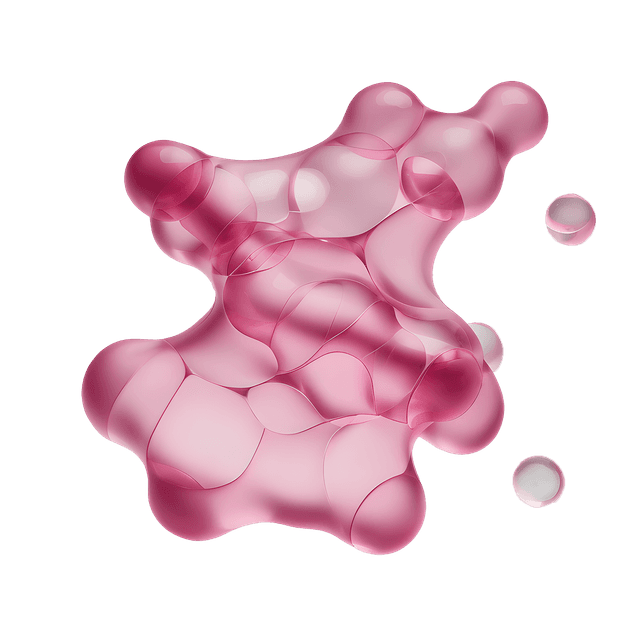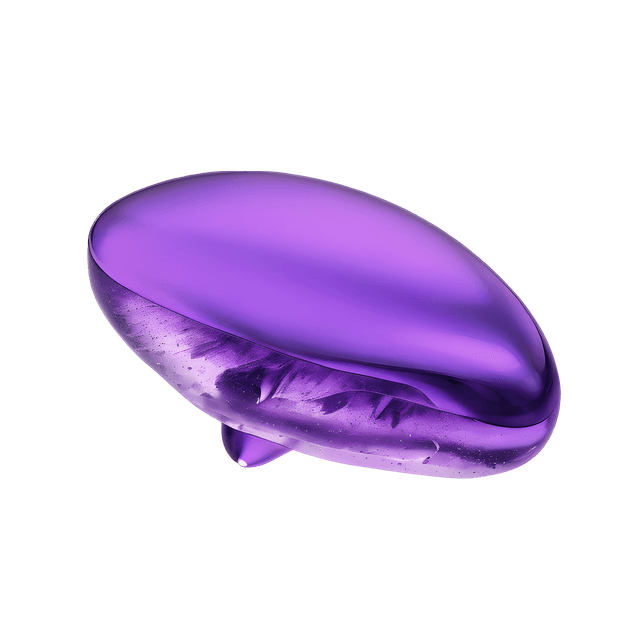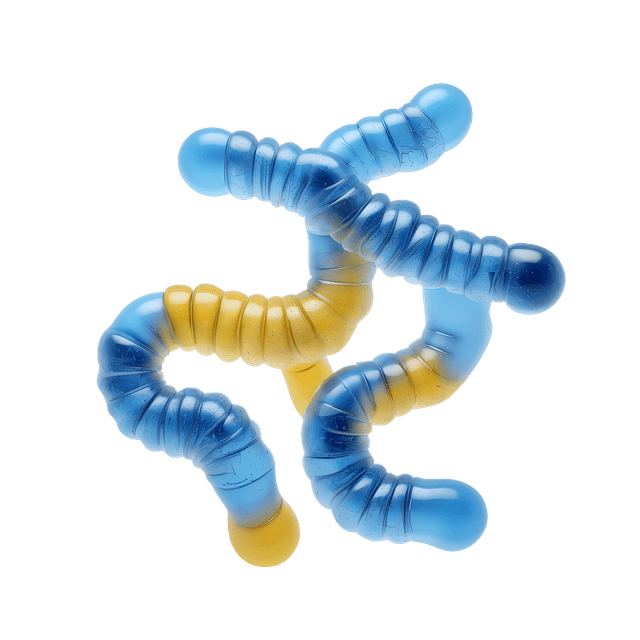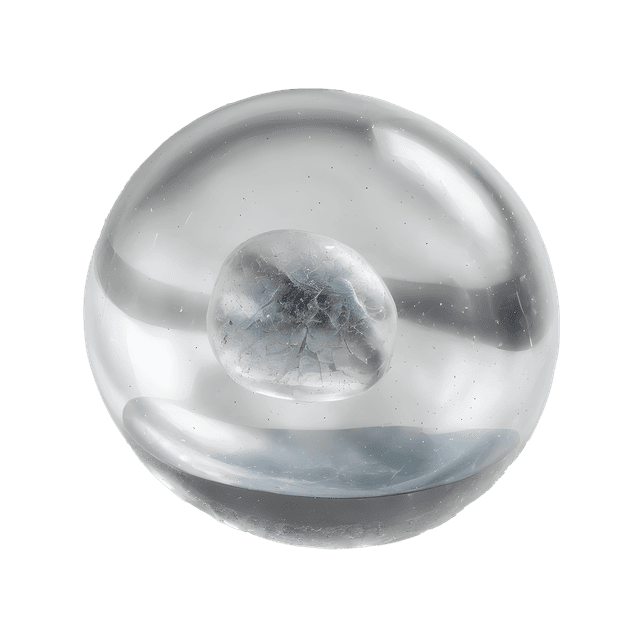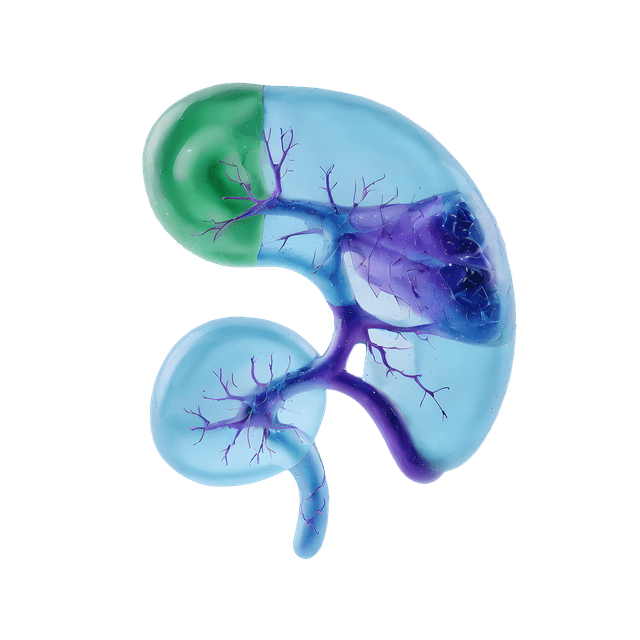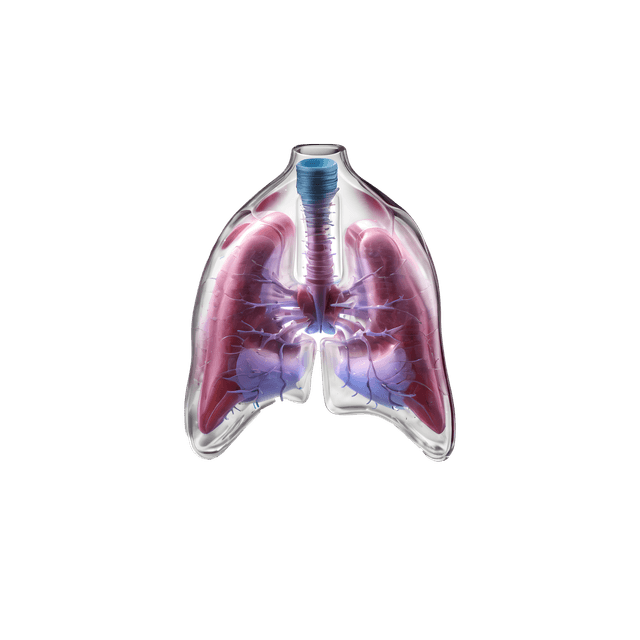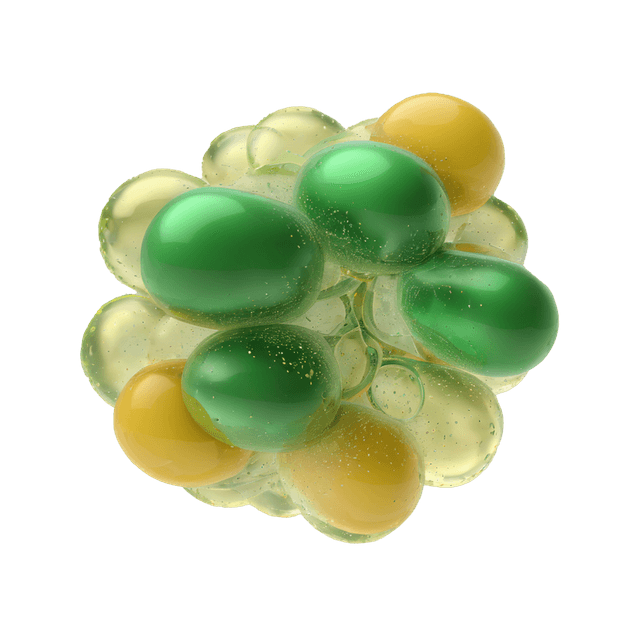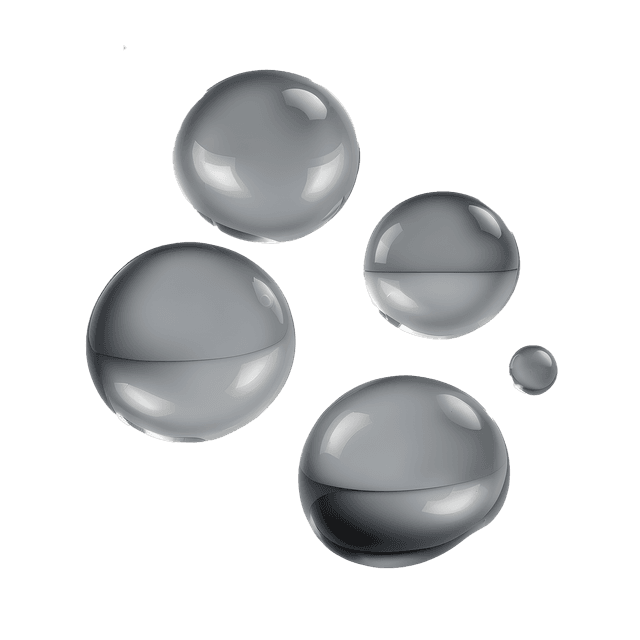Symptoms Heel spurs
Heel spurs can cause everything from mild discomfort to you not being able to play sports or work.
Pain on exertion: The pain is usually worse when you stand up, go running, or perform activities that put stress on the foot.
Morning pain: Many people with heel spurs experience intense pain in the heel when first rising in the morning or after prolonged rest. This is because the plantar fascia shortens during periods of inactivity and stretches again when you start using the foot.
Stiffness and tenderness: There may be stiffness and tenderness in the heel and bottom of the foot, especially after rest.
Pain on pressure: Apply pressure to the painful area, for example by pressing the heel, can be painful.
It is important to note that the symptoms of heel spurs can vary from person to person, and some may experience more persistent pain than others. If you suspect that you have heel spurs and are experiencing these symptoms, it is wise to consult a doctor or a podiatrist for an accurate diagnosis and an appropriate treatment plan.
Causes of Heel spurs
There are several factors and causes that can increase the risk of developing heel spurs
Overexertion: Excessive load on the feet can irritate and damage the plantar fascia. This can occur in athletes or people who perform activities with repeated impact on the feet.
Improper footwear: Using shoes that lack support or have poor cushioning may increase the risk of heel spurs. This applies especially if the shoes do not provide enough support for the arch of the foot or have bad soles.
Overweight: Excess body weight increases the pressure on the plantar fascia and can increase the risk of inflammation and pain in the heel.
Age factors: The risk of heel spurs increases with age, especially after the age of 40.
Lower arches: People with flat feet or high arches may be more likely to develop heel spurs.
Heredity : There is some genetic predisposition to developing heel spurs, so if there is a family history of the condition, the risk may be higher.
Biomechanical problems: Abnormal walking patterns or foot mechanics can increase pressure on the plantar fascia and increase the risk of inflammation.
Increased activity: Sudden increase in physical activity or load on the feet can cause overexertion and lead to heel spurs.
Work shoes: People who stand or walk a lot on hard surfaces such as concrete in unsuitable shoes can run higher risk.
It is important to note that several of these factors can work together and increase the risk of developing heel spurs. Managing and preventing heel spurs can include the right shoes, orthotics, stretching exercises, weight loss if necessary, and sometimes medical treatment or physical therapy.
Heel spur treatment
Heel spurs can be treated in several different ways, depending on the severity of the condition. Here are some common treatment options:
Shock wave therapy: A common treatment method is shock wave therapy where sound waves are used to stimulate healing and reduce inflammation in the plantar fascia. This can help reduce pain and promote healing.
Cortisone injections: In some cases, cortisone injections may be given directly to the affected area to reduce inflammation and relieve pain. This treatment can provide quick relief but is usually used in limited amounts due to potential side effects.
Physiotherapy: A physical therapist or physical therapist can design exercises and therapies to relieve pain, improve foot muscle strength and flexibility, and correct any deviations in the gait pattern. This can be an important part of rehabilitation.
Orthopedic shoes or insoles: Using shoes with good support or specially designed orthopedic insoles can help relieve pressure on the plantar fascia and relieve pain.
Surgery (rarely): In rarer or severe cases, surgical intervention may be considered. Surgery may involve partially cutting away the plantar fascia or correcting other problems in the foot.


